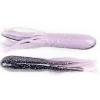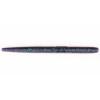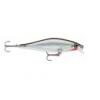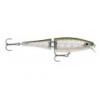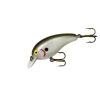HYBRID STRIPED BASS
About Hybrid Striped Bass
The hybrid striped bass, or “wiper,” is an artificial cross between a striped bass (Morone saxatilis) and a white bass (Morone chrysops). Hybridization of these two species does not occur naturally. Therefore, hybrid striped bass must be cultured in a fish hatchery situation. Like its parents, the hybrid frequents the open water portions of a lake, feeding almost exclusively on gizzard shad or other pelagic fishes. Hybrids are more tolerant of warmer water and lower dissolved oxygen than striped bass. For these reasons, they can be stocked into a wider variety of waters than striped bass. Indiana's hybrid striped bass stocking program began in an effort to help utilized overabundant shad populations and to create additional fishing opportunities in many of the state's reservoirs.
Where to catch Hybrid Striped Bass
Hybrids may be found in a variety of habitats. In some lakes they may prefer fairly flat, shallow, sandy areas. In other lakes, typically the larger reservoirs, they may prefer the more rocky habitats located directly above or below the dams. Best fishing for hybrid striped bass occurs just after sundown or in the early morning just before sunrise. They are caught primarily on artificial baits which resemble gizzard shad. Imitation shad that rattle have proven to be successful at many lakes. In addition, many anglers have been successful using live bait such as night crawlers or soft craws.
IDENTIFICATION
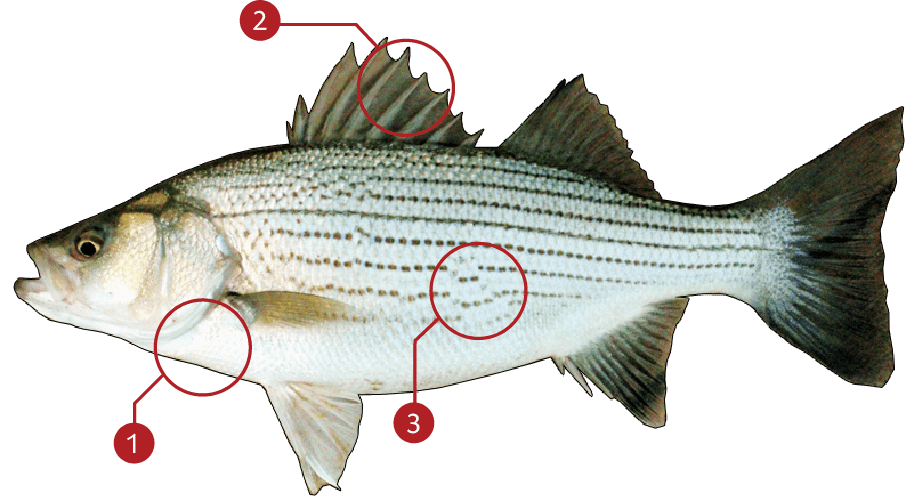
| |
Silver body with a long, sleek head |
| |
Eight to ten spins on the first dorsal fin |
| |
Seven or eight dark grey/black stripes running horizontally, of which some are broken |
TARGET AREAS
|
|
Acknowledgements: We thank TAKEMEFISHING.org (www.takemefishing.org), Wisconsin Department of Natural Resources, Indiana Department of Natural Resources for their contributions to these FISH FACTS.



